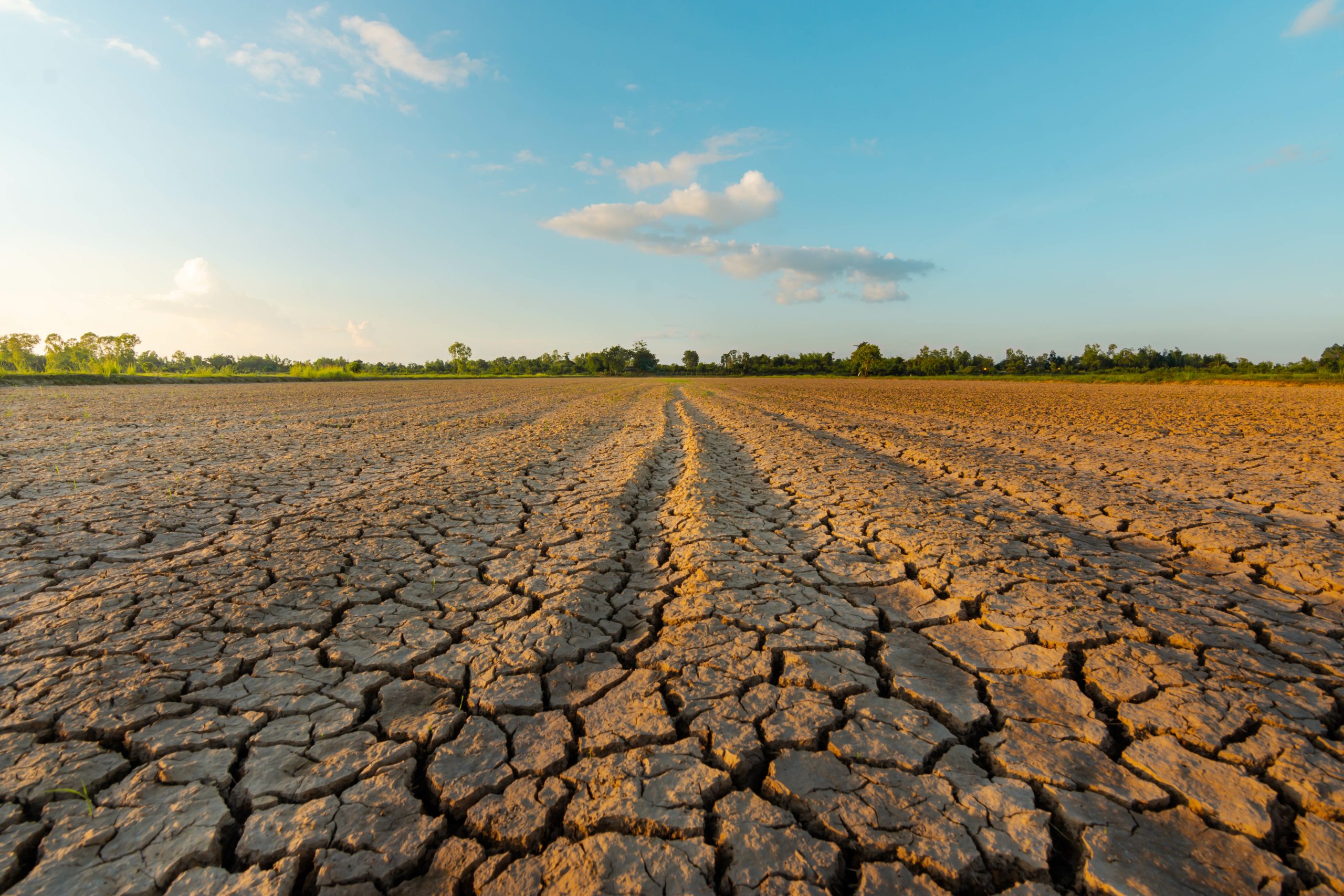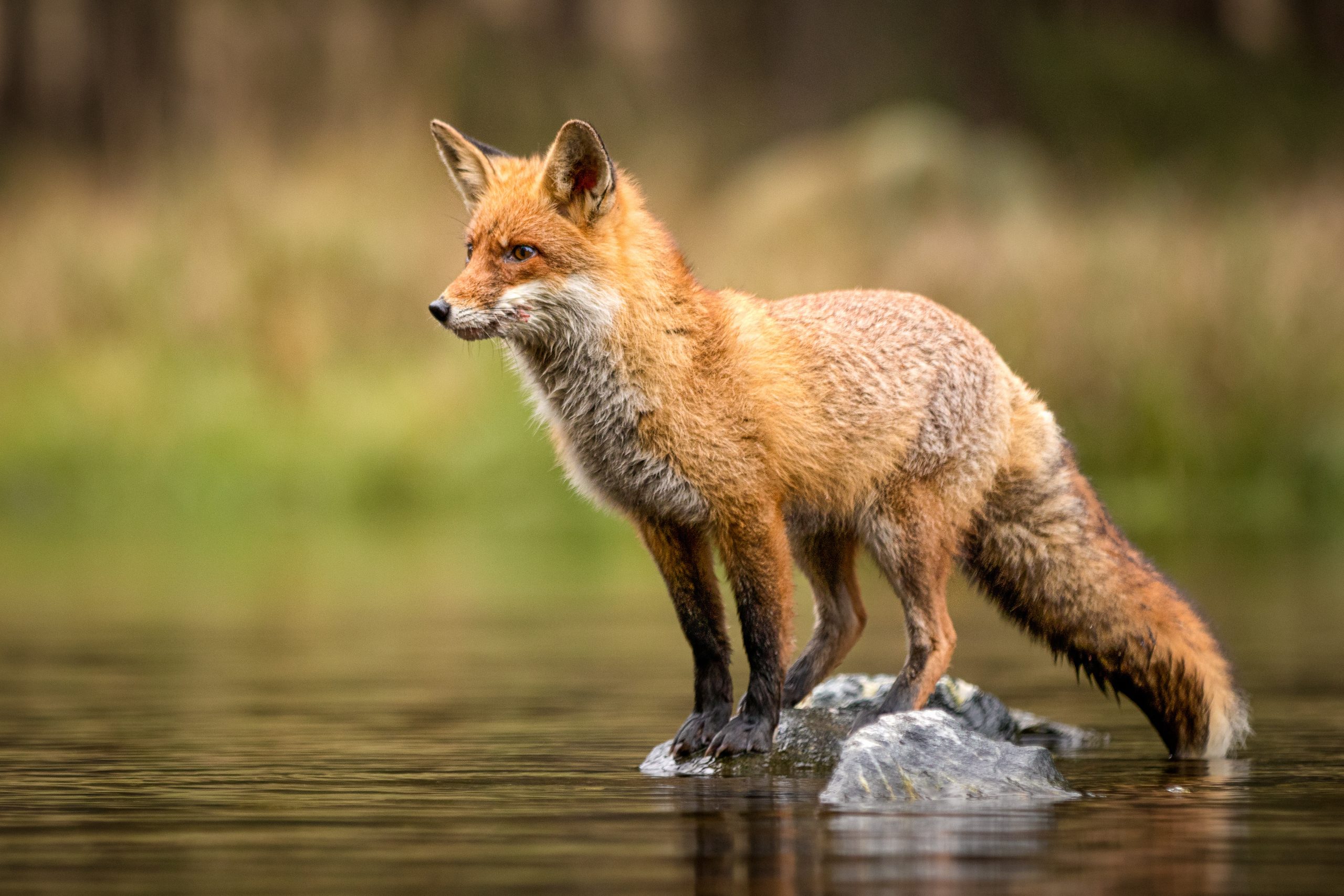A closer look at climate finance

28 April 2022
Just this week Ireland announced its latest climate finance figures for 2020 – and it clocked in at €5.3 million less than it gave in 2019.
Non-governmental organisations expressed their disappointment at the development, and Christian Aid Ireland noted that the revealed decrease comes just months after Taoiseach Micheal Martin pledged at COP26 to significantly up Ireland’s contribution to climate finance over the coming years.
But first let’s zoom out a little bit – what do we mean by climate finance? What does it entail? And what does the Irish climate finance picture look like?
Okay so what exactly is climate finance?
Someone aptly once summed up the term to me as being “the people who set the neighbourhood on fire should pay to put it out”.
That fire-extinguishing takes a threefold form: mitigation, adaptation and loss and damage.
Mitigation is what’s most often in the media when it comes to the climate crisis in general, and it’s anything that drives emissions down. So think wind farms and solar panels.
Western developed countries achieved their level of wealth through the burning of fossil fuels, and by burning through all that planet-warming material, the carbon budget for developing countries was essentially all-but-spent.
So in order to improve outcomes for their populations, the latter are saying they need those who tore through the carbon budget to help finance their economic development by supplying renewable energy infrastructure.
Adaptation follows a similar line of thought: those who caused the level of warming are responsible for helping those most-affected adapt to the consequences, whether that be sea level rise or extreme drought, to name only but a few.
There’s pretty broad political consensus when it comes to mitigation and adaptation in the field of climate finance. The same can’t be said for loss and damage.
Loss and damage essentially refers to things that the fire burned beyond repair. Going beyond using just metaphor terms, it refers to changes caused by the climate crisis that cannot be adapted to.
The term was included in the original Paris Agreement under Article 8, but notably says that the agreement does “not involve or provide a basis for any liability or compensation”, which is a big obstacle for addressing the issue.
Loss and damage was a sticking point as the international climate conference COP26 in Glasgow last year, and the final Glasgow Pact document that emerged only allowed for a “dialogue” on the matter and fell far short of what developing countries were asking for.
And where is Ireland at with all of this? And what happens now?
So as stated above, the most current picture we have is that Ireland’s contribution to climate finance has declined for the first time in years, despite what the Government put forward at COP26.
And when it comes to climate finance contributions and what countries are putting forward – you’ve got to look at the quality and the quantity of the money.
The quality refers to what the money is being spent on, and by and large Ireland is doing quite well on that front. The money is given as grants, not to-be-paid-back loans and the majority of it is going towards adaptation.
Where we fall short is on the quantity front.
Ireland contributed €88.3 million in terms of climate finance in 2020 – and Micheal Martin committed to upping that figure to €225 million by 2025.
And while that is a big jump – it doesn’t seem to be nearly enough.
Research commissioned by Christian Aid Ireland and Trocaire found that in actuality Ireland needs to be contributing €475 million a year in order to meet its fair share.
To put that into perspective, that meant that in 2020 Ireland contributed less than one-fifth of what it should be according to that report.
Christian Aid Policy Officer Conor O’Neil criticised the drop and said that “to see us plateauing and heading in the opposite direction here is concerning given the urgent need of those on the frontlines of the climate crisis.”
He stressed that the funding was not “some optional extra, but a key pillar of the Paris Agreement.”
The only way for the Government to bridge the widening gap would be to make the funding available in the next Budget, he added, which is due out in October.







